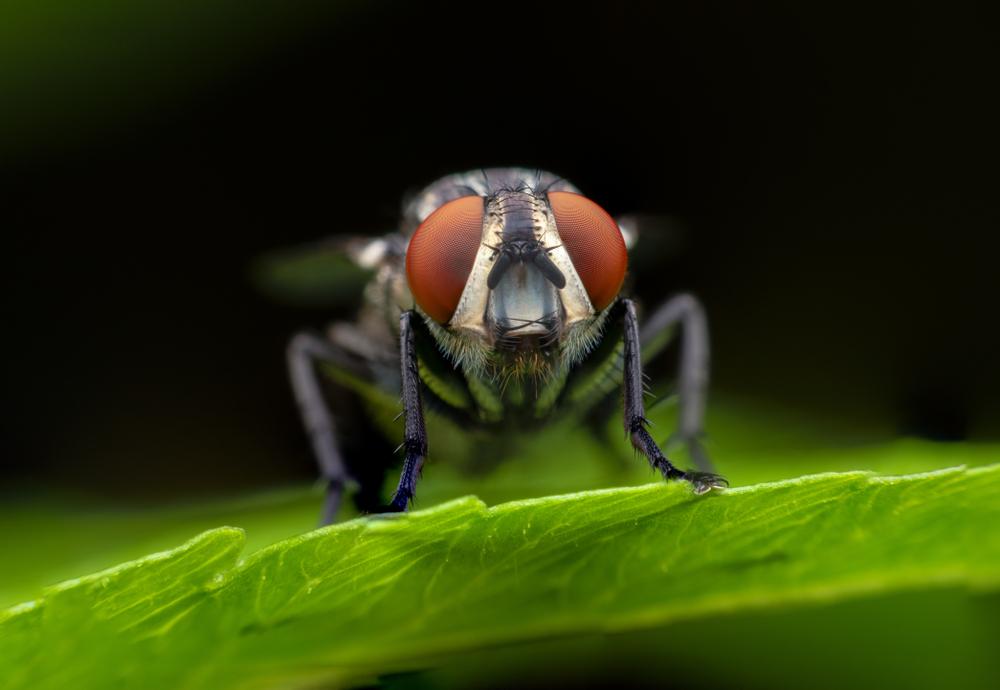
Horsefly bites on dogs can be an uncomfortable and sometimes dangerous occurrence. In this comprehensive blog post, we’ll explore what a horsefly bite looks like on a dog, the initial signs and symptoms, how it changes over time, potential complications, treatment options, and prevention measures.
A horsefly bite on a dog initially appears as a small red lump at the bite site, often causing the dog discomfort or agitation. The bite can cause skin irritation, redness, and bumps and may bleed or crust over. Over time, if not excessively scratched, most bites will heal within a few days. However, if the bite is scratched open, it can lead to open wounds and an increased risk of infection.
Initial Signs of a Horsefly Bite on a Dog
The initial signs of a horsefly bite on a dog include a sharp pain that may cause the dog to yelp, followed by the appearance of a small red lump at the bite site. The dog’s ears, nose, and skin around these areas are particularly vulnerable to horsefly bites. If your dog shows signs of discomfort or agitation and you notice a new lump, it might be a horsefly bite.
How a Horsefly Bite Changes Over Time
Over time, a horsefly bite can cause skin irritation, redness, and bumps. In some cases, the bite might bleed or crust over. However, most bites will heal within a few days if the dog doesn’t scratch it excessively. If the dog does scratch the bite, it can lead to open wounds and increase the risk of infection. In severe cases, the flies may lay their eggs in the open wound, which can lead to further complications and require veterinary intervention.
Distinguishing Horsefly Bites from Other Insect Bites
Horsefly bites differ from other insect bites in their severity and the reaction they cause. Unlike a mosquito bite, for example, a horsefly bite can cause significant pain and bleeding due to the scissor-like mandibles of the horsefly. The irritation caused by a horsefly bite is usually more intense, although often short-lived.
Potential Complications from Horsefly Bites
Complications can arise from horsefly bites, including skin irritation, pain, bleeding, and infection. In some cases, multiple bites can lead to more serious skin irritations. Flies may lay their eggs in open wounds, which can lead to further complications. Symptoms of horsefly bites on dogs include itching, redness on the skin, bumps on the skin, bites that may bleed or crust over, and bite wounds.
Treatment Options for Horsefly Bites
There are several effective treatment options for a horsefly bite in dogs. You can clean the bite area with a mild, hypo-allergenic soap, apply a cold compress to reduce swelling and pain, use over-the-counter antibiotic ointment, or try natural remedies like oatmeal baths, Epsom salt, or hydrocortisone.
Preventing Horsefly Bites
To prevent horsefly bites on dogs, consider applying pet-safe fly repellents, using fly sheets and masks for dogs that spend a lot of time outdoors, and maintaining a clean environment to reduce breeding grounds for flies.
Effective Insect Repellents for Dogs
Some effective insect repellents for dogs include Vet’s Best Mosquito Repellent Spray for Dogs & Cats, Insect Shield Repellent, Neem Oil, Nantucket Spider Natural Bug Repellent Spray for Dogs, and certain essential oils. It’s always important to consult with your veterinarian before using any new products on your dog.
In conclusion, while horsefly bites can be uncomfortable and potentially dangerous for dogs, they are treatable and preventable. By knowing what to look for and how to respond, you can help your dog avoid the discomfort and potential complications of horsefly bites.
Frequently Asked Questions
Can a horsefly bite cause a fever in dogs?
Yes, in rare cases, a horsefly bite can cause a fever in dogs, especially if the bite site becomes infected. If your dog is lethargic, refusing to eat, and has a high temperature after a horsefly bite, it’s crucial to seek veterinary care immediately.
How can I stop my dog from scratching the bite site?
To prevent your dog from scratching the bite site, you can use an Elizabethan collar (also known as a “cone” or “E-collar”). You can also keep the area clean and apply a soothing ointment which will help reduce itching.
How long does it take for a horsefly bite to heal on a dog?
With proper care, most horsefly bites on dogs will begin to heal within a few days and should be completely healed within 1-2 weeks. However, if the dog continues to scratch the bite or if an infection occurs, healing can take longer.
Are some dog breeds more susceptible to horsefly bites than others?
Horseflies are attracted to large, dark moving objects and carbon dioxide. This means that large, active dogs may be more likely to get bitten. However, all dogs are susceptible to horsefly bites, regardless of their breed or size.
Can I use human insect repellent on my dog to prevent horsefly bites?
No, it’s not safe to use human insect repellent on dogs. Many human insect repellents contain DEET, which can be toxic to dogs. Always use a pet-safe product and consult with your veterinarian before trying a new product.










